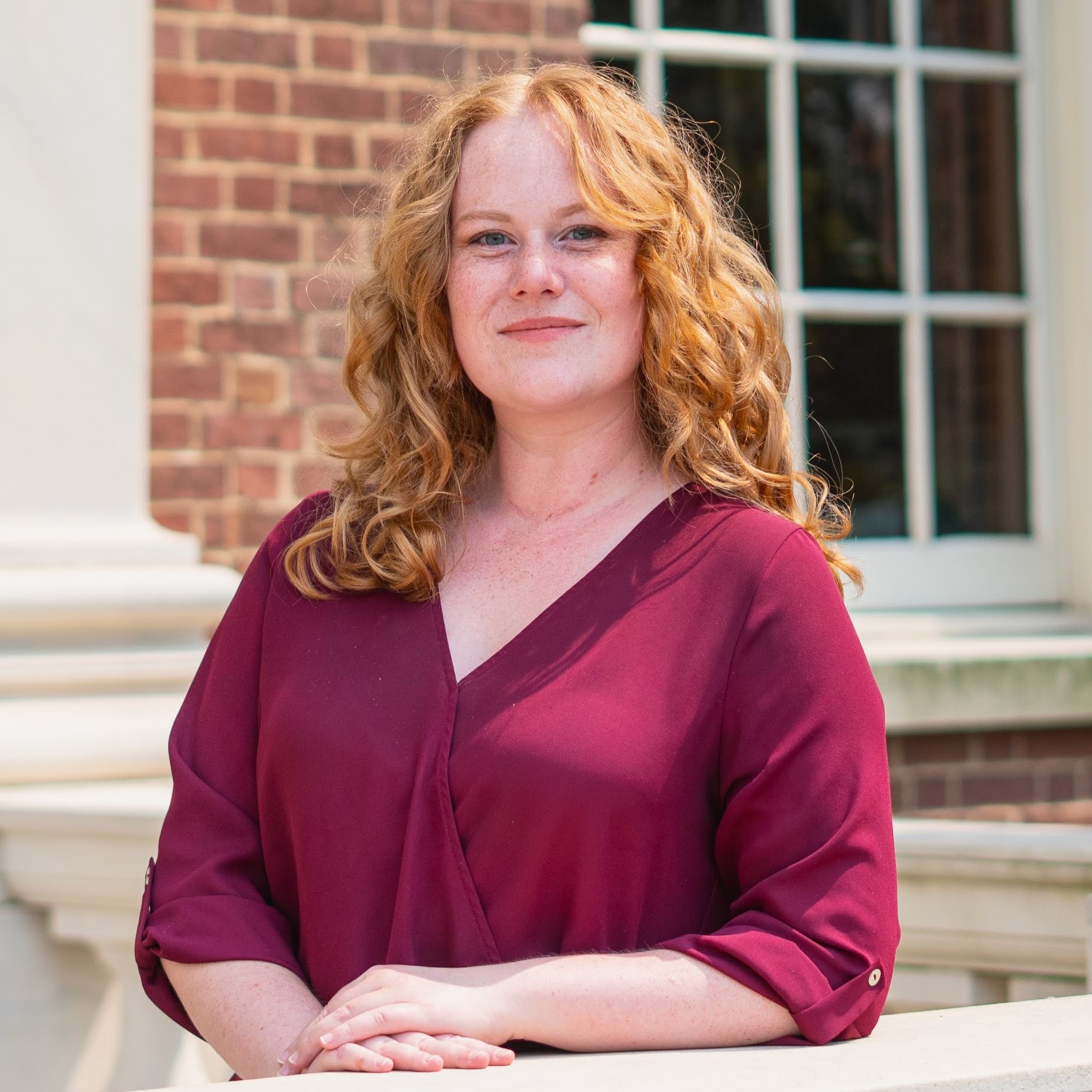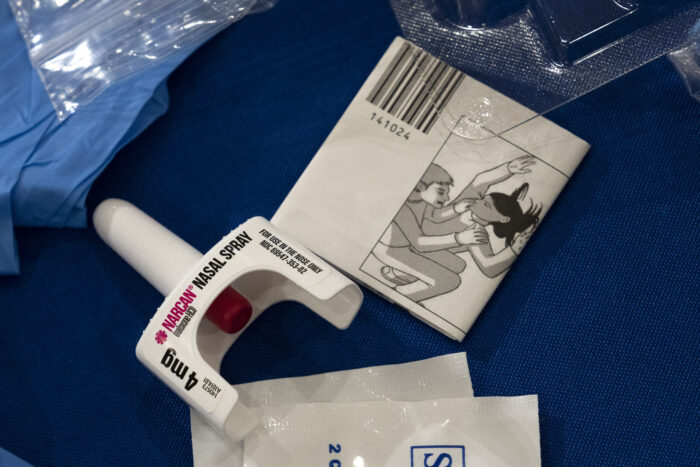Moore’s signature on bill will enable local governments to impose higher taxes on vacant properties

Last week, Gov. Wes Moore (D) signed a host of bills into law aiming to solve the ongoing affordable housing shortage across the state. Three of the measures were part of his own priority legislation to address the issue.
“This was a year that we made the choice to put housing front and center, because we knew this was an issue that could not wait,” Moore said at an April 25 bill signing event in the State House.
Due to the high-profile nature of the Governor’s housing package, other bills trying to create more housing opportunities often went under the radar.
That might have happened with House Bill 2, a bill that aims to reduce the number of lots and houses that sit vacant for years on end without any plan to develop the property into usable spaces.
Amid the shuffle of housing-related bills from the 2024 session, HB 2 did not get a lot of airtime compared to the governor’s bills. The bill has been championed for the last four sessions by Del. Regina T. Boyce (D-Baltimore City), the vice chair of the House Environment and Transportation Committee.
At the April bill signing, Senate President Bill Ferguson (D-Baltimore City) highlighted the legislation as one that didn’t “get the front headlines, but really, really matter.”
“What we know is that in the midst of a housing crisis, we have a number of vacant homes,” he said.
“It’s one of these perplexing challenges that I am so thrilled to work with all of the leaders across the state to figure out ‘how do we increase supply? How do we take vacant homes and put them back on the roll so that we have affordable and great homes for all?'” Ferguson said.
With Moore’s signature, HB 2 will take effect on June 1, allowing local jurisdictions to impose higher taxes on vacant buildings or lots if they choose.
The new law initially started as legislation just for the city of Baltimore, so that the Baltimore mayor and the city council could be authorized to issue specific tax increases on vacant and inhabitable properties. But the bill was amended by the House Ways and Means Committee to allow any local jurisdiction in the state to have the taxing authority.
Baltimore City Councilmember Odette Ramos (D) explained that raising the taxes on vacant property could help reduce the number of abandoned houses and lots in two ways: to incentivize property owners to revitalize the lot for habitation and to make it easier for local jurisdictions to acquire the abandoned property.
“If you tax vacant and abandoned property at a higher rate, it could be an incentive for somebody who’s holding onto that property who’s not paying much tax at all because it’s not worth very much,” she told Maryland Matters.
“It may be an incentive for them to finally do something with it,” she said.
Ramos noted that raising the taxes on vacant lots would also help counties and Baltimore City engage in “judicial in rem foreclosure” more quickly, so that the local governments can acquire and decide what to do with vacant properties.

Baltimore City Councilmember Odette Ramos (D). Photo By Bryan P. Sears.
“Liens” are debt on a property due to unpaid property taxes or other fees, and a city or county that has set up a judicial in rem foreclosure process can acquire an abandoned property if the value of the liens exceeds the value of the property.
“When the liens exceed the value of a property with vacant properties only, the jurisdiction can foreclose. And it is a much quicker process for acquisition than any other process that Baltimore City or anywhere in the state has,” Ramos said.
Raising the property taxes on vacant property means the liens will accumulate more quickly, meaning the jurisdiction can acquire the property faster and potentially use it for other means, rather than the structure sitting vacant.
Baltimore already has a judicial in rem process in place. October 2023 data from the Baltimore City Department of Housing and Community Development reports that there were 13,795 vacant building notices, but the city only owns about 963 of those properties.
The law does not establish a required tax rate on vacant properties, but it provides the authority for local jurisdictions to do so at their own volition.
According to a legislative analysis on the new law: “For fiscal 2024, the State Department of Assessments and Taxation reports that there are 242,361 vacant real property accounts statewide…with a total assessed value of $14.1 billion.”
“There’s a real opportunity here to really concentrate on blocks of vacant properties and make them into housing and intentional mixed income communities. I think it’s big,” Ramos said.
She noted HB 2 can work alongside some of Moore’s housing legislation and recent efforts to improve the housing shortage in Maryland.
Moore’s three priority bills for housing tackle the issue from a couple avenues.
House Bill 538, now law, aims to incentivize developers to add affordable housing options in future developments and would allow certain development projects to exceed typical density limits if the new development incorporates a certain percentage of affordable housing units.
HB 693, also signed into law, is known as the Renters’ Rights and Stabilization Act. It creates the Office of Tenants and Landlord Affairs in state government, which would help tenants know what protections and legal actions they have under Maryland law. The bill also raises certain fees involved in the eviction process to reduce the number of unnecessary evictions, among other measures.
Moore’s last housing legislation that he signed into law is HB 599, which will create the Maryland Community Investment Corporation, a state entity that would make loans or investments aimed at developing and improving low-income communities.
HB 2 is “a good thing… relative to the governor’s commitment to Baltimore and to the rest of the state about being able to have more tools to have community development,” Ramos said. “I think it fits in very well, because it does give jurisdictions another tool to help them with acquiring the property or being able to identify somebody to do something with the property.”
Moore often draws the connection between the availability of affordable housing to poverty reduction efforts. And just Monday, Moore announced that the state will receive almost $69 million in federal grants as part of a total of $3.16 billion allocation to support state services combating homelessness, according to a news release from the governor’s office.
The funds will support organizations that fall under its “Continuum of Care” program to support a coalition of homelessness services in nine counties: Allegany, Calvert, Cecil, Charles, Frederick, Garrett, Harford, St. Mary’s and Washington.
“This funding will bolster our efforts to fight homelessness and end poverty as we know it,” Moore said in a written statement about the funding.




 Creative Commons Attribution
Creative Commons Attribution